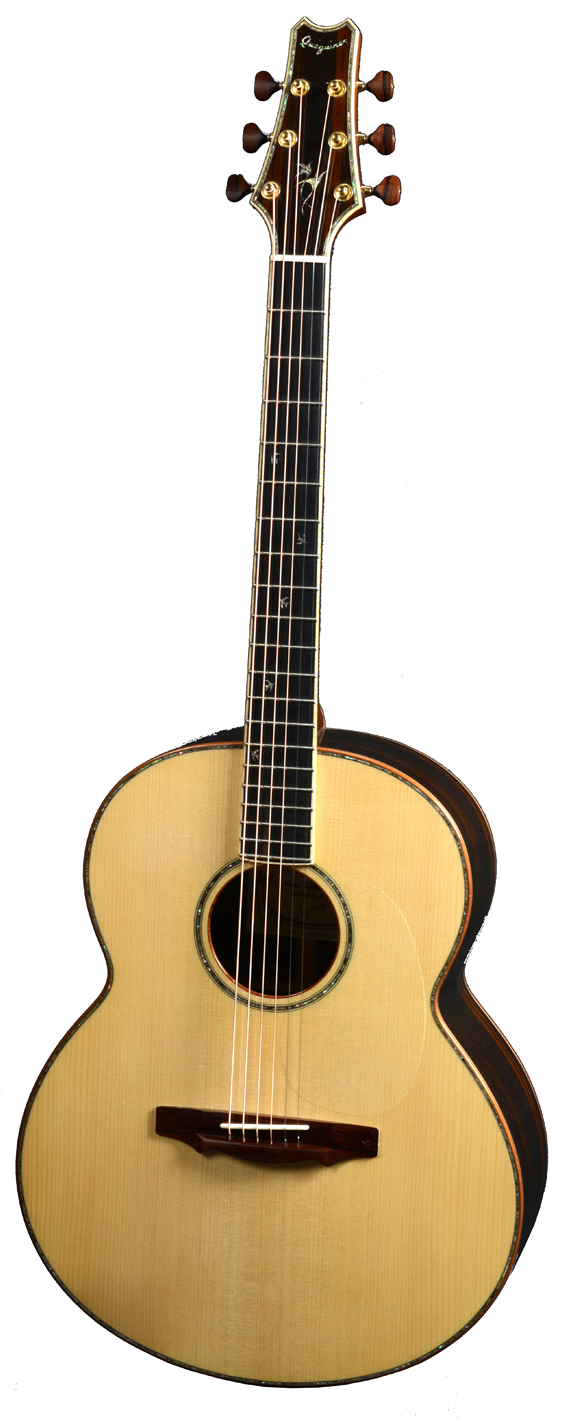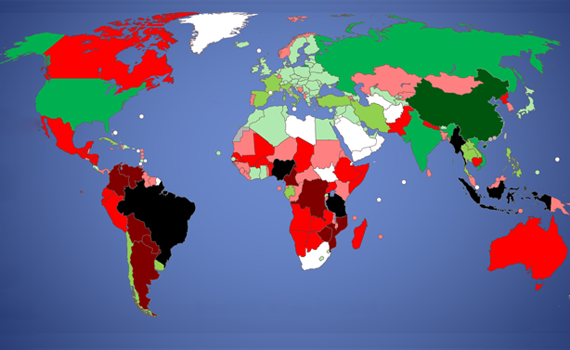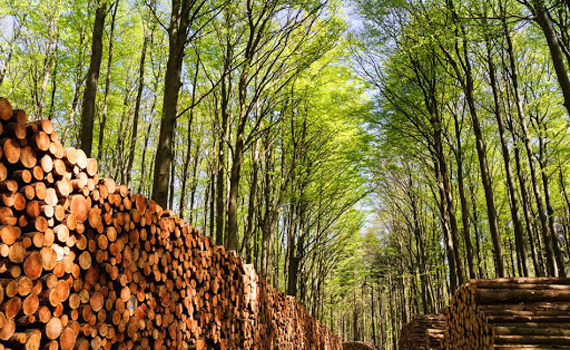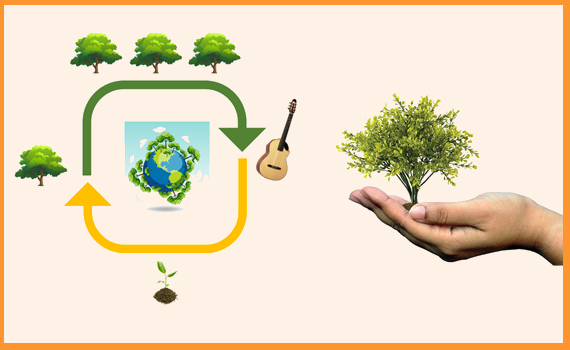“The sustainability of the wooden musical instrument is totally dependent on a respected biodiversity”

Historically, the forest has provided us with its wood for our consumption and for a long time, the resource was much greater than demand. However, things have changed a lot and the causes of the deforestation which ravages all the continents of our planet are accumulating to date to reach a situation which does not leave us the choice to review our wood consumption differently, whether it be imported or locally operated.
Faced with this upheaval, which we describe here, luthiers are faced with several observations:
First observation: the durability of the wooden musical instrument is totally dependent on a respected biodiversity. In fact, lutherie wood requires hundred-year-old trees which come from primary or secondary forests with a variety of species which makes it possible to preserve this biodiversity necessary for the natural regeneration of species.
Second observation: unfortunately, the current and future policies of monospecific silviculture of secondary forests and the disappearance of primary forests go against the common sense of biomimicry which would allow better management of our forests and its wood resource. Ultimately, these policies will change the landscape of our forests and gradually deprive us of the main tree species needed both to make wooden musical instruments and to preserve biodiversity.
Third observation: among all the wood products in this important sector which uses the same species as those used in musical instruments making (artisanal or manufacturing), the musical instrument is the one that consumes the least wood in terms of volume. Although in Lutherie the requirement of the quality of the cut wood greatly reduces the rate of material yield (% of the cut wood that ends at the end of the instrument), the annual production of musical instruments exploits little wooden resources in the volume of the wood cutting.
The musical instrument therefore becomes a collateral damage to the exploitation of the largest sectors of the wood industry.
Fourth observation: David against Goliath! Even if the musical instrument is not the weight in the wood industry, let us not forget that unlike all other products, it is a tool for creating the Art that is Music, and therefore title, it can trigger awareness among the general public, the press, with all the greatest musicians playing on these instruments as ambassadors.
Given the urgency of the situation and these observations, the luthier craftsman is the one who can initiate actions which will, by snowball effect, make their way to educate as many people as possible.
Start the action: The APLG and its wood committee have therefore decided to define a plan to safeguard forests in the short and long term, with the establishment of sustainable management of the local wood resource. , tree planting actions all over the world (see One Tree Planted and ABCP projects), information campaigns on timber regulations and awareness raising for the musician public.
To discover below:

Choose the origin of your wood
Why decrease the use of imported wood and why use local wood

The wood resource in France
The diversity of "secondary" species varies from region to region

Discover the action plan
Two main axes with actions already underway



